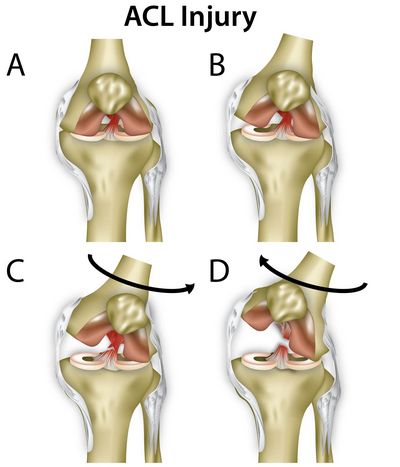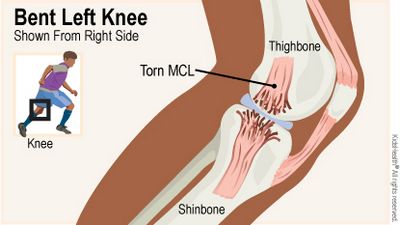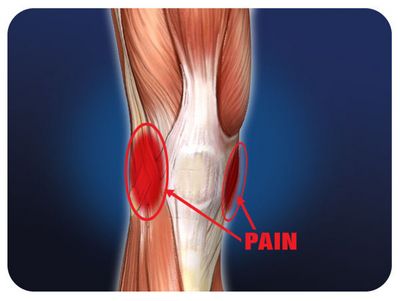MCL injuries account for more than 40% of knee injuries, and ligament strains or tears of this medial collateral ligament are the most frequent.

This sound is normally a warning of a partial or full knee replacement surgery. Immediate severe pain from the inside of the knee.
The MCL is a fibrous band of cartilage that attaches to the bone to the outer surface of the knee joint. It has a series of four ligaments and three bone spurs. MCL injuries may involve the tendon or muscle attaching the MCL to the outside of the joint. The injury occurs when these ligaments become stretched beyond their normal limits, causing inflammation and swelling.
MCL tears are also called bursitis in most medical systems. These tears can occur during normal wear and tear, or they can be caused by a sudden blow to the head. When an MCL injury occurs, it generally causes rapid and severe pain in both the inside of the knee and in the area below the knee joint. The pain may be constant or intermittent, or it may come and go.

This pain is often confused with a herniated disc.
When an MCL tear occurs, a physician may order X-rays to look for tears in the tissue. However, the X-rays are not always able to distinguish between a bursa, an osteophyte, or a tendon, which makes diagnosing an injury to the MCL even more difficult. Diagnosis is made when you have experienced acute pain in your knee that is either severe or intermittent.
Your doctor may decide to do a magnetic resonance imaging (MRI) scan. This is a procedure that uses radio waves to create images of tissues. MRI scans can help a physician determine if a bursa is causing the pain in the knee or if it is a tendon or muscle problem. This type of scan can also reveal bone abnormalities if there is a history of fractures in the bones.
If a bone is suspected of being a bursa, then the surgeon may perform a surgical procedure to remove the bursa. A bursa is a fluid filled sac that fills the joint space between bones. In this procedure, the surgeon uses a special instrument that breaks up the bursa, allowing it to be drained.
Osteophytes are also found in the joint spaces and play a major role in supporting the knee’s structure. They are important ligaments that support the ligaments of the lower body and tendons.

A bursa can tear if they become irritated or inflamed and cause swelling.
Osteophytes can cause a pain sensation in the knee if they become irritated. Sometimes, osteophytes become inflamed because of overuse. Other times, osteophytes become damaged because they can become infected, which is one of the causes of shin splints.
Some people may find that they develop an infection in their bursa and it is the bone mass that is damaged and weakens over time. The bone mass may cause the bursa to lose its fluid which leads to the pain.
Another cause of a pain sensation in the knee is bursal tunnel syndrome. This is a condition where a bursa becomes compressed and the surrounding tissues are damaged.
Bursitis is a condition where a bursa is inflamed. Because the bursa is inflamed, bacteria may enter the joint spaces. Bursitis may result in intense pain. It can also result in swelling and is painful if you take a warm bath, wear tight shoes, or lie on the affected area for long periods of time.
It is important to get relief for pain that occurs in your MCL. You may need to talk to your doctor about the types of treatments that can help relieve the pain and help you avoid additional damage to the MCL.